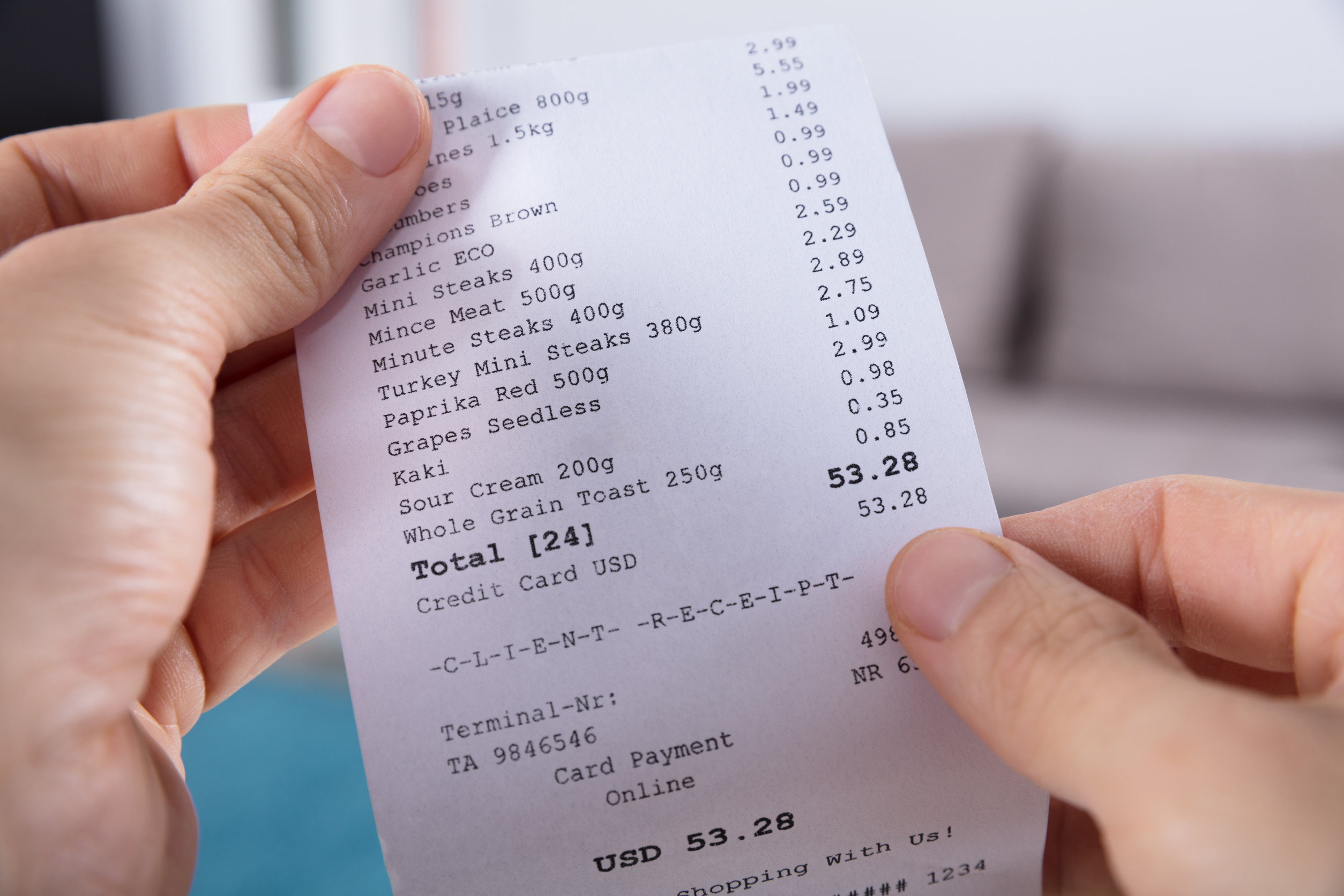
For decades, receipts have been a standard part of every shopping trip, printed and handed over without question. But now, shoppers are noticing that some retailers are adding small fees for printed slips. At first glance, it may seem strange—why would paper receipts suddenly cost money? The shift is about more than saving a few cents on paper; it connects to technology, environmental concerns, and even marketing. Here’s why stores are quietly changing how they handle receipts.
Rising Costs of Paper and Ink
Behind every receipt is an expense most shoppers never think about. Paper, ink, and printer maintenance all add up for retailers, especially large chains printing thousands daily. With supply costs increasing, businesses are looking for ways to cut back. Charging for paper receipts allows stores to offset part of that expense. While the cost to the customer may be small, it saves retailers big over time.
Environmental Pressure to Go Digital
Many companies are under pressure to reduce waste and present themselves as eco-friendly. Cutting down on paper receipts aligns with sustainability goals while encouraging shoppers to choose digital alternatives. Receipts often end up in the trash within minutes, creating tons of waste every year. By nudging customers toward email or app-based options, stores highlight their green initiatives. What looks like a small fee can actually be part of a broader environmental push.
Push Toward Loyalty Programs and Apps
Offering digital receipts isn’t just about saving trees—it’s also about data. When shoppers sign up for email receipts, they often have to share personal information or download a store app. This feeds into marketing databases that help retailers track spending habits. A charge for paper receipts makes the free digital option more appealing, steering customers toward brand ecosystems. In this way, receipts become a subtle gateway into loyalty programs.
Health Concerns Around Thermal Paper
Most printed receipts are made with thermal paper that contains chemicals like BPA or BPS. Health advocates have raised concerns about exposure from handling them frequently. By discouraging paper receipts, retailers reduce both their liability and the need to address these chemical warnings. While customers may not think about it, safety is part of the reason for this shift. Charging for receipts provides an extra incentive to avoid them altogether.
Encouraging Self-Checkout and Faster Lines
Long checkout lines are a headache for both shoppers and staff. Digital receipts speed up transactions by skipping the printing step. For stores, fewer paper receipts mean quicker lines and fewer printer jams. Some retailers even bundle receipt fees into broader efforts to streamline checkout. The idea is that convenience sells—and slowing down the line with paper doesn’t fit modern expectations.
Hidden Marketing and Upselling Opportunities
Receipts used to be simple proof of purchase, but now they’re seen as missed opportunities. Digital versions allow stores to attach coupons, personalized ads, or reminders to shop again. Paper receipts can’t carry the same interactive benefits. By charging for paper receipts, businesses gently push customers into formats that help them sell more later. In this sense, the fee isn’t just about covering costs—it’s about future profits.
Global Trends Making Their Way to the U.S.
In parts of Europe, charging for or even eliminating paper receipts is already common. Laws in places like France now require customers to request them, reducing unnecessary waste. U.S. stores are adopting similar practices, but often without much publicity. Shoppers may not realize the trend is part of a larger international shift. The fee for a receipt is just one more step in aligning with global retail standards.
What This Means for Everyday Shoppers
While the fee for paper receipts may seem minor, it’s part of a bigger transformation in retail. Businesses are balancing cost savings, sustainability, marketing, and customer data collection all at once. For shoppers, the choice is simple: pay the small fee or adapt to digital proof of purchase. Either way, the days of automatically getting a free printed slip are fading fast. Understanding these changes helps you decide what works best for your needs.
Have you noticed stores charging for paper receipts in your area? Do you prefer digital or still want the printed copy? Share your thoughts in the comments!
You May Also Like…
McDonald’s Workers Admit Why You Should Never Skip the Receipt
7 Clues on Your Grocery Receipt That Suggest You Might Be Overspending (And How to Fix It)
What Brand Swaps Really Mean on Grocery Receipts
Why Grocery Receipts Are Now Being Used to Score Your Spending Habits
Why Your Receipt Is 3 Feet Long: The Truth Behind Grocery Loyalty Programs
The post Why Are Stores Quietly Charging for Paper Receipts Now? appeared first on Grocery Coupon Guide.







